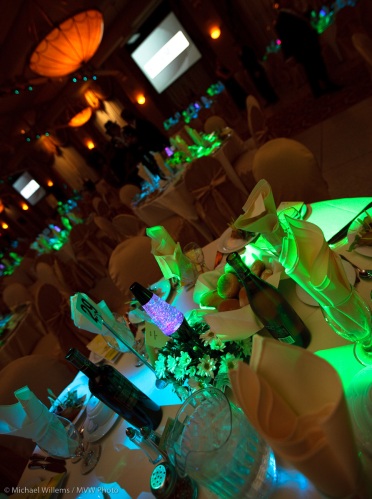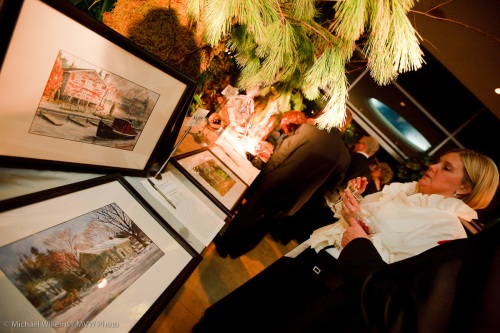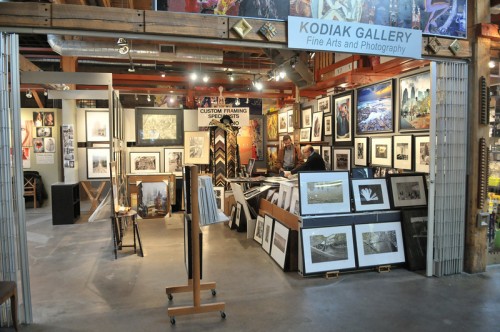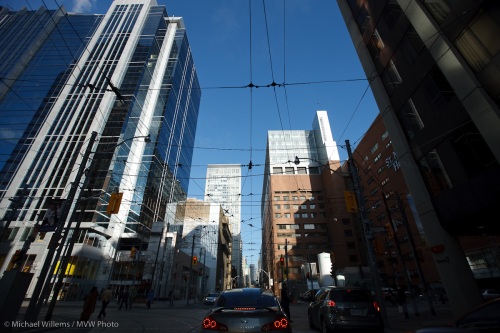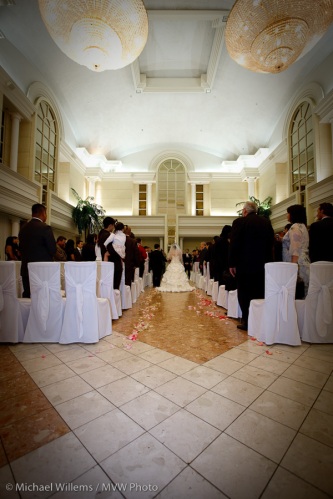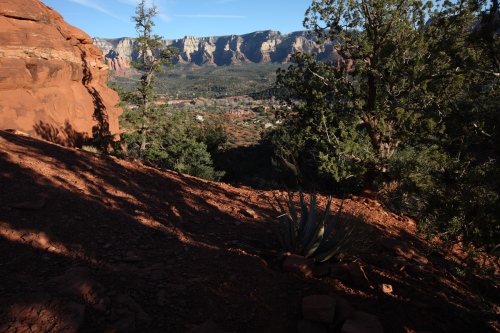A quick reminder for those of you who shoot action shots: shots where the subject is moving.
For anything where the subject is moving, you may want to:
- Use Tv/S or manual mode (or Av/A mode with a large aperture) to set the exposure time to 1/200th sec or faster – the faster, the better, typically..
- Use a high ISO (in hockey arenas and wedding dance halls, you may well need 1600 ISO).
- Use the center focus point
- Set the focus mode (the “how does the camera focus) to “Continuous” (AF-C/AI Servo).
- Set the drive mode to continuous.
- If you are moving with the subject, turn off your lens’s stabiliser, unless you have a “mode 2” for panning.
- You may want to try JPG shots for these.
And finally, do think about how you want to show or freeze motion. It is not a given that all motion must be frozen. A hint of motion blur can show the viewer that something was actually happening, and that they are not staring at a statue.



